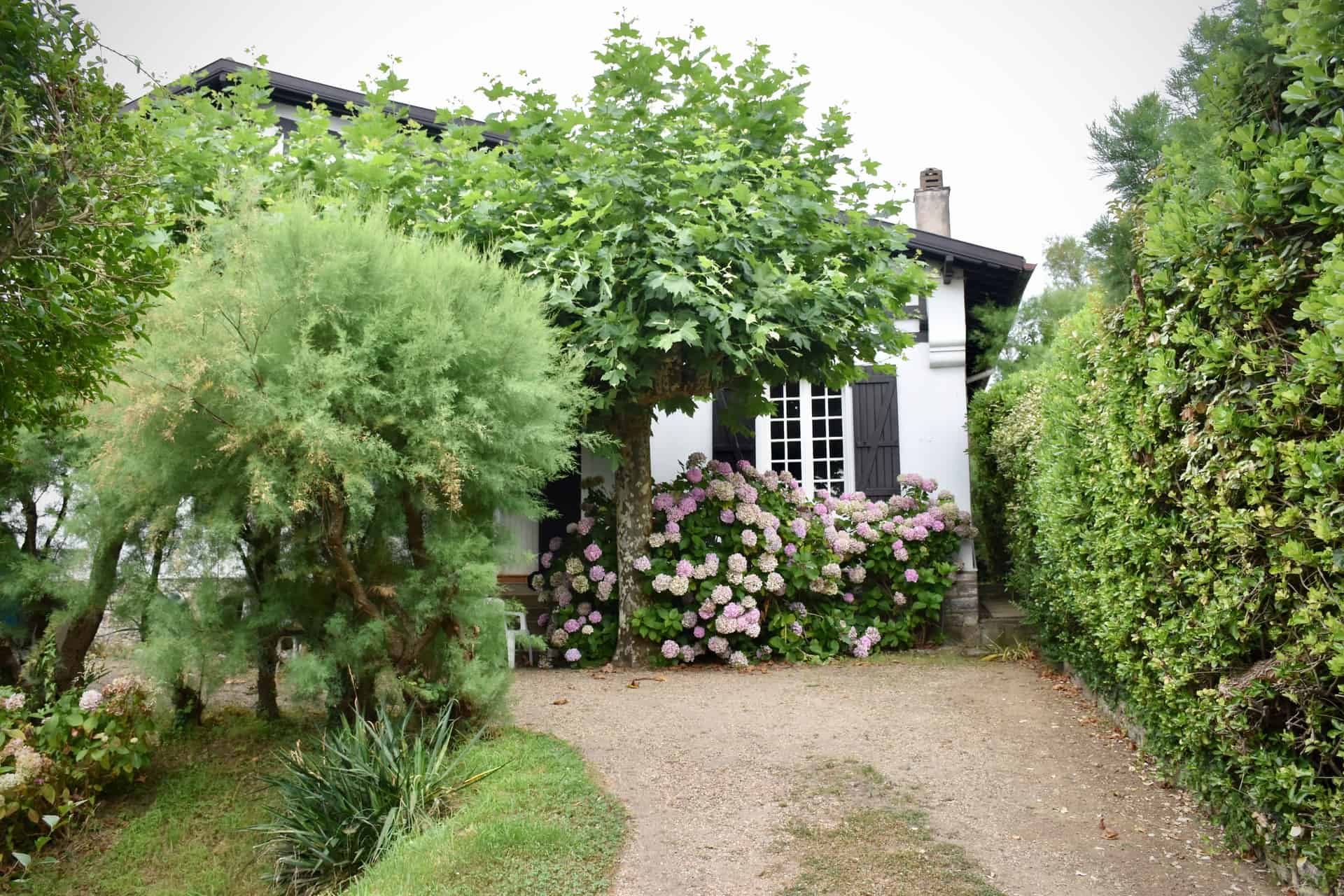
Shrubs vary in size, shape, flowers and foliage and can transform a dull landscape into a beautiful, dynamic garden. Flowering varieties add wonderful color and sweet aromas
Depending on where you live and the conditions, different shrubs can add evergreen texture, hillside cover and even more privacy by blocking out street noise. They also help protect soil from erosion and support wildlife. Check out which shrubs to choose for your garden.
Thuyas are fast-growing evergreen shrubs with a narrow cone-shaped habit. They have small, aromatic, scaly leaves and small cones. They like moist but well-drained soil. Young shrubs should be protected against dry winds. They don’t require pruning. They grow well in both shade and full sun.
These are evergreen shrubs with simple, egg-shaped, glossy, leathery leaves. They have showy pink flowers. They grow best in a secluded location. They like moist but permeable soil. It can grow against a wall or fence facing north.
To prevent damage to emerging buds and flowers, protect them from cold, dry winds and morning sun. Water plants in dry weather to prevent bud drop
Apply a balanced liquid fertilizer in mid-spring and again in June. Feed annually with shredded bark or well rotted leaf mold. After flowering, gently trim back any branches spoiling the plant’s appearance.
The vibrant canary yellow flowers of forsythia are like the first ray of sunshine after dark winter days. They cover every arching branch. Despite the short flowering period (1-2 weeks), forsythia is worth planting to enjoy the explosion of yellow flowers.
These shrubs are best suited for beds or as accent plants. For small spaces, try dwarf varieties. To encourage new growth, prune the forsythia bush immediately after it finishes blooming. The following spring, blooms will appear on the annual or older wood.
Plant your forsythia in an area that gets at least six hours of sun each day to ensure abundant blooms.
Impressive masses of funnel-shaped, purple-blue flowers cover this evergreen shrub in April and May. The dense azalea looks amazing. It has small, gray-green leaves and smells beautiful. It forms a compact, low mound, so it looks great in pots on patios, larger rock gardens or near a fence. Avoid planting too deep and apply a generous coat of mildew remedy around the roots each spring.
Open your windows on a warm May day and you’ll be greeted by the intoxicating, unmistakable scent of spring-blooming lilacs. You can plant purple, pink, white or yellow shrubs.
Although lilacs tolerate shade, they bloom best when they get at least 6 hours of sun a day. Be sure to plant them in an area with good air circulation to reduce problems with powdery mildew.
Lilacs thrive on old wood, so trim them in the spring immediately after flowering to maintain the desired height and shape of the shrub.
The popular, repeat-blooming dwarf rose will work well as a potted plant. It can also grow alongside a low, informal hedge.
Roses have fairly deep roots, so dig a hole twice as wide as the plant’s roots and mix the soil with plenty of composted organic matter. Gently spread out the roots before placing them in the hole
Try to make sure that the “bud break” (the point where the rose you are growing has been grafted onto the rootstock and from where the shoots emerge) is at soil level. You can judge this fairly easily by placing something flat, such as a spatula or bamboo stick, across the top of the hole. Once the rose is at the proper depth, backfill the hole, gently tamping down the soil before watering the plant well. Water generously until it is well established, and apply a specialized rose fertilizer (according to the manufacturer’s instructions) each spring.
Also use a generous mulch of composted manure in the spring, but spread it away from the stems. Use rubber gloves to trim your roses in late winter or early spring, completely removing dead, damaged or lousy-looking stems.
These are probably the best evergreen shrubs for shaping and pruning. They can be used to create elegant hedges, borders and even topiary. They grow beautifully in partially shaded gardens. They prefer moist, well-drained soil. To prevent winter leaf burn, plant in a sheltered location protected from strong winter winds.
Photo by Arno Senoner/Unsplash